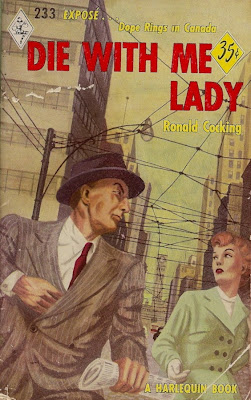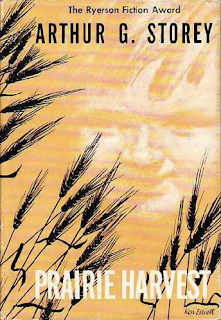Canadian Notes & Queries number 86 has arrived, bringing with it all kinds of goodness from Caroline Adderson, Mike Barnes, Nigel Beale, Darryl Joel Berger, Steven W. Beattie, Aaron Costain, Evie Christie, Jason Dickson, Nicole Dixon, Emily Donaldson, Sharon English, Alex Good, Finn Harvor, Jeet Heer, Even Jones, David Mason, Ben McNally, Sarah Neville, James Pollock, John Richmond, Mark Sampson and Bruce Whiteman, wrapped in a cover by Seth.
I have two pieces in this issue, the first being a look at John Glassco: A Personal and Working Library, issued in 1982 by Montreal's Word Bookstore. Compiled by Glassco's bibliographer Fraser Sutherland, this cerlox-bound 47-page catalogue offers the poet and pornographer's library en masse:
The Library occupies approximately 29 feet of shelf-space, and comprises 526 books and 88 periodicals – most of them signed and annotated – as well as hundreds of other printed items, letters, and manuscripts. Editions are usually First. Except for books or periodicals published before 1940, condition is usually Fine. On the rare occasions were pages are missing, these are indicated. The price of JOHN GLASSCO: A PERSONAL AND WORKING LIBRARY is Can$9500.That's right, $9500. And yet only one institution stepped forward. And it wasn't McGill, his alma mater.
The collection was purchased by Queen's University and can be viewed, even by unaccompanied minors, at Special Collections at the W.D. Jordan Library. Select pages from the catalogue can be seen here at my Gentleman of Pleasure blog.
The second contribution is a review of Marion: The Story of an Artist's Model by Winnifred Eaton (a/k/a Onoto Watanna). First published in 1916 as a biography, reissued last year by McGill-Queen's as a novel, it provides a fictionalized account of sister Sara Eaton's youth, along with glimpses of artist father Edward, mother Lotus Blossom, and more than a few of the thirteen other Eaton children.
 |
| The Metropolitan, 10 February 1894 |
Rereading the review, I see that I've described the Eatons as "perhaps the most unusual and unconventional family of Victorian Montreal."
I'm now reconsidering the word "perhaps".
Related post:
Cross-posted, in part, at A Gentleman of Pleasure.








































